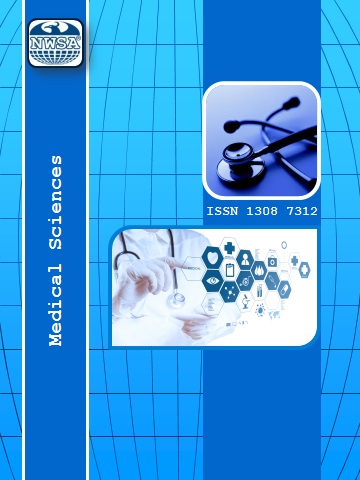MADDE BAĞIMLILIĞI ANALİZLERİ VE İDRAR BÜTÜNLÜĞÜNÜN ÖNEMİ
Saliha AKSUN1
,
Candeğer AVŞAR2
Hastanelerin alkol ve madde bağımlılığı tedavi birimlerinden tetkik istemi yapılan madde bağımlılığı testleri için genellikle idrar örneği kullanılır. Bu testler için idrarda eşik düzeyler tanımlanmıştır. Eşik değer üzerinde olan sonuçlar pozitif olarak yorumlanır. Hastalar tarafından, pozitif test sonucunu önlemek üzere bazı idrar örnekleri su ile seyreltilerek ya da test öncesi bol su içilerek yanıltılmaya çalışılmaktadır. Çamaşır suyu, limon, sirke, sabun gibi idrara karıştırılan bozucu maddeler ile idrar bütünlüğü ve aranılan analitin kimyasal yapısını bozmak istenebilmektedir.. Bu durumu engellemek üzere idrar örnekleri özel tuvaletlerde gözetim altında alınır. Laboratuvar, tüm idrar örneklerinde kreatinin (kreatinin>20mg/dl olmalıdır), pH, nitrit, dansite ölçerek idrar bütünlüğünü değerlendirmelidir. Laboratuvarımızda çalışılan uyuşturucu madde testleri geriye dönük olarak değerlendirilmiş, safsızlık saptanan idrarlarda, bulunan ve bulunması beklenilen uyuşturucu madde pozitif test oranları karşılaştırılmıştır. İstatistiksel olarak SPSS 16 programı ile ki kare testi yapılmıştır. Amfetamin, ekstazi, opiat ve esrar testleri için, kreatinin düzeyi düşük idrar örneklerinde bulunan pozitif sonuç oranı, beklenen pozitiflik oranına göre anlamlı olarak düşük bulunmuştur (p<0.001).
Keywords
Madde Bağımlılığı,
İdrar Bütünlüğü,
Kreatinin,
Preanalitik Evre,
Analitin,
 +90(535) 849 84 68
+90(535) 849 84 68 nwsa.akademi@hotmail.com
nwsa.akademi@hotmail.com Fırat Akademi Samsun-Türkiye
Fırat Akademi Samsun-Türkiye
